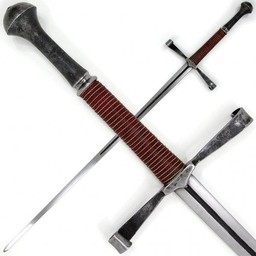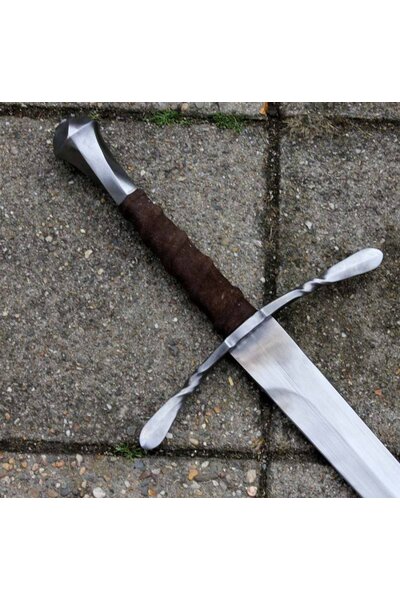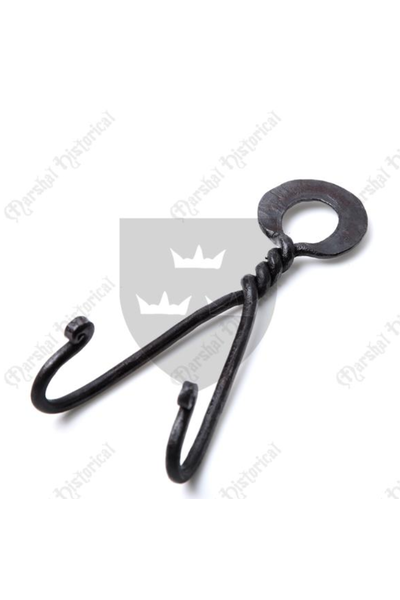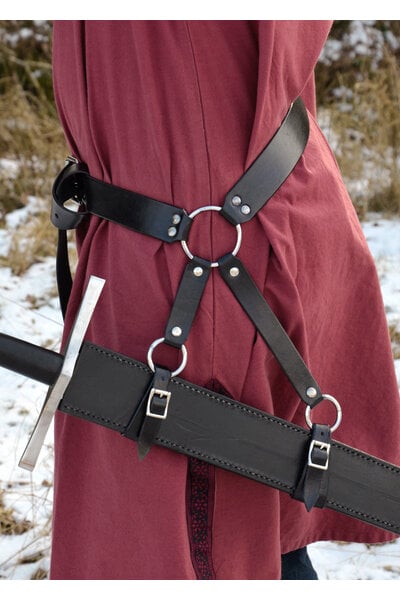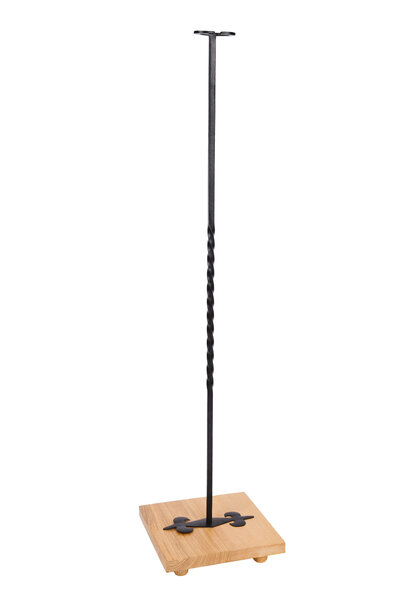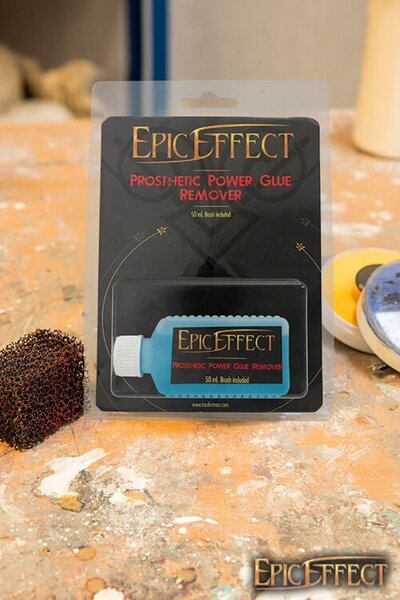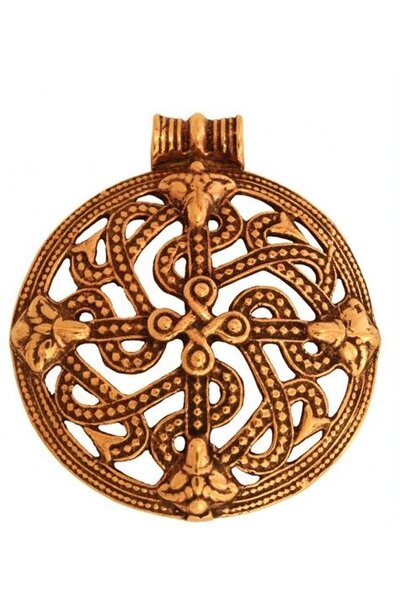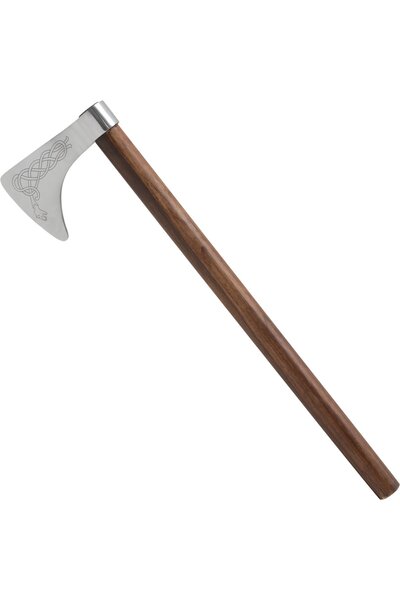Product description
This sword is a replica of an early 15th century original from South Germany. Nowadays it is part of the collection of the National Museum in Neurenberg. Swords like this were made between approx. 1410 and 1510 and were especially popular because they had a relatively light weight and were fast. The narrow blade provides the possibility to pierce through openings in plate armour.
This sword has a length of 124 cm and has a blade of approx. 93 cm. It weighs approx. 1,4 kg. The blade is made of carbon steel with a hardness of 50 to 52 HRC. It is provided with an S-shaped cross-guard.
This sword is custom made.
Product details:
Length: 123 cm;
Blade length: 93.2 cm;
Grip length: 17.3 cm;
Weight: 1366 g;
Point of balance: 1.3 cm below the crossguard;
Width crossguard: 23.3 cm;
Blade width at the crossguard: 3.1 cm;
Blade width 10 cm above the tip: 1.4 cm;
Grip color: Brown + silver;
Steel type: Spring steel (DIN 54SiCr6) 54-56 HRC;
Edge: Blunt (3 mm battle-ready);
Tang construction: Full tang construction;
Pommel: Rivetted;
Grip wrapping: Wood, Leather
Based on a historic original: Yes;
Transport weight (in gram): 3000 *
Suitable for re-enactment and martial arts. The blade is handmade and tempered, using traditional forging techniques. The razor sharp version is suitable for cutting tests.
This item cannot be shipped to countries outside the EU due to its length.
This item is produced in limited quantities only. This means that every piece is unique. Sizes & finish may vary lightly from piece to piece.
We do not sell this product to customers under the age of 18. Click here for more information on the European arms acts.
This product has a two year warranty. Click here for more information.
Packaged with 100% recycled material
When packaging this item, we exclusively use 100% recycled plastic and recycled paper/cardboard from FSC certified forests. We reuse a large part of the material directly without the intervention of a recycling process.
Recycle the material by separating your waste:
1. Cardboard: separate or reuse your paper.
2. Plastic cushions, clothing bags and plastic tape: separate or reuse your plastic. If possible, pierce the cushions with a volume reduction needle.
3. Paper packaging for jewelry and small items: these have a plastic inner layer. Remove these, then separate your paper and plastic.
